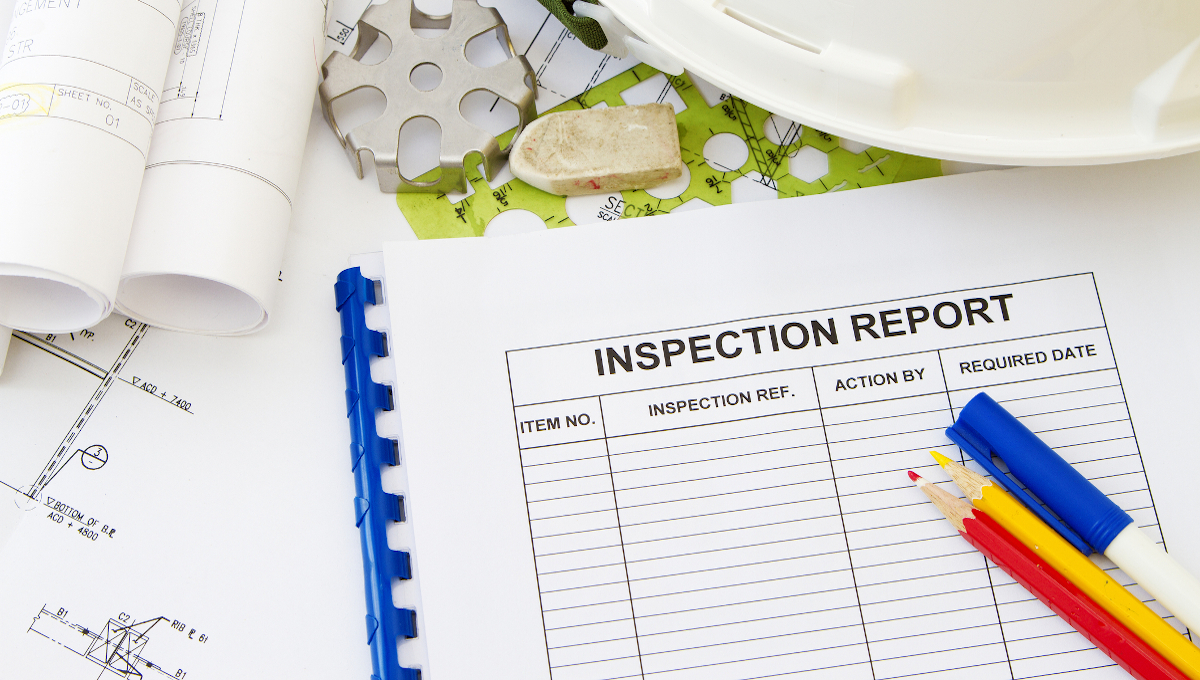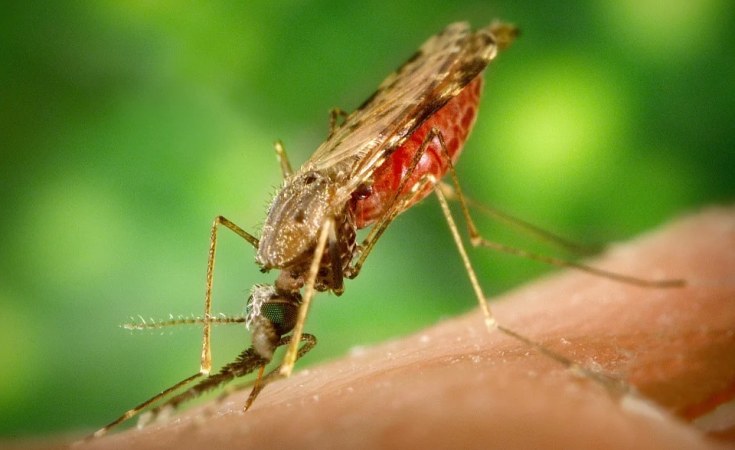
A review of a system in Scotland that combined food hygiene and food standards inspections has found it is not yet working as well as it was hoped. The Food Law Rating System (FLRS), introduced in 2019, combines the rating systems for food hygiene and food standards by which businesses and producers are assessed into one regime. The aim was to reduce the duplication caused by two separate systems and enable local authorities to target resources at high-risk and non-compliant food establishments.
Food Standards Scotland (FSS) commissioned IFF Research to evaluate the FLRS to determine whether it had achieved its design goal. Between February and April 2024, authorized food officers in all 32 Scottish local authorities and eight stakeholders, including current and former FSS staff and representatives of industry and professional bodies, were interviewed. Resource issues There was general positivity about the FLRS piloting experience.
However, several pilot authorities said their concerns about potential resource intensity were not considered. Respondents were positive about combining the food hygiene and food standards systems, with most feeling it was a logical step. Most local authorities and stakeholders reported that the initial implementation of FLRS had been a difficult and protracted process.
Some authorities had only recently achieved full implementation, and a few had yet to fully implement the system when they participated in the research. Several participants said the difficulties they faced stemmed from the unfortunate timing of the system’s introduction—alongside the COVID-19 pandemic and associated lockdown restrictions. Local authorities highlighted budgetary constraints, staff shortages, and IT requirements as challenges.
It was widely reported that resources were strained prior to the introduction of the FLRS. There was mixed feedback about the extent to which the FLRS had delivered its intended outcomes. Many felt the system had been successful in focusing standards appropriately through the combination of food hygiene and food standards ratings into one system.
The majority thought that consolidating rating systems had reduced duplication and administrative burden. However, some said the broader inspection criteria had resulted in longer visits and an increase in post-inspection administrative work. Visit backlog Respondents said the FLRS’ performance ladder has increased the risk category of many establishments and increased the required frequency of inspections for some categories.
There was widespread demand for a review of the performance ladder, including inspection frequencies and bandings used to categorize businesses. Most local authorities reported being unable to meet their inspection or re-inspection targets for high-risk and non-compliant establishments under the current circumstances. Some said the need to spend time frequently re-inspecting high-risk and non-compliant establishments has prevented them from keeping up with planned inspection frequencies for lower-risk and broadly compliant sites.
Many feared this could reduce compliance levels among this group. Several local authorities and industry representatives felt it was a missed opportunity to reform the system without incorporating the Food Hygiene Information Scheme (FHIS) into the FLRS. They said making food standards feed into information visible to consumers may incentivize companies to improve.
(To sign up for a free subscription to Food Safety News, click here .).














